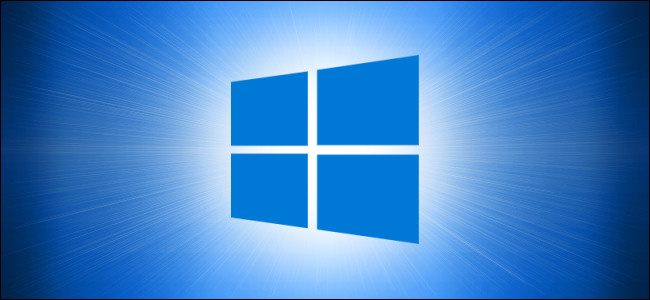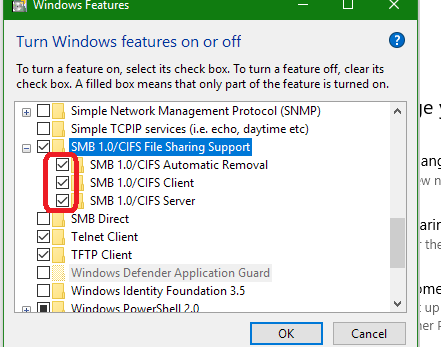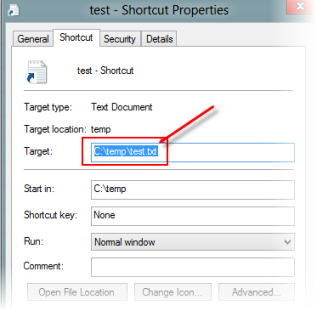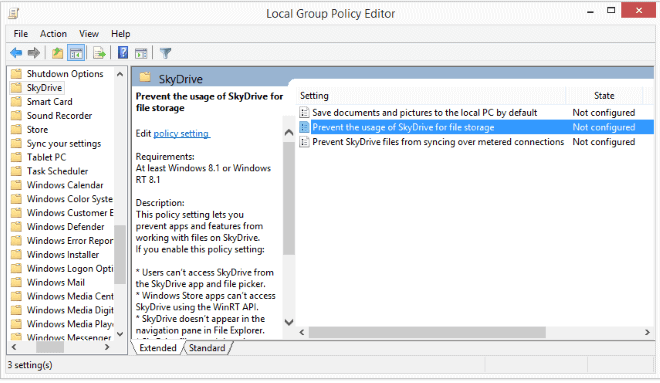

- Windows 8 cannot access file explorer how to#
- Windows 8 cannot access file explorer install#
- Windows 8 cannot access file explorer windows 10#
- Windows 8 cannot access file explorer software#
Part 1: Causes of "Windows cannot access the specified device path or file" error
Windows 8 cannot access file explorer how to#
Windows 8 cannot access file explorer software#
The good news is that this error is usually caused by software and user permissions. How to fix this error and open my files? It is annoying that we cannot access the file that we downloaded on our computer. You may not have the appropriate permission to access the item.
Windows 8 cannot access file explorer install#
When you try to open, install or update a program or a file, you may get the alert message, like: Windows cannot access the specified device, path, or file.
Windows 8 cannot access file explorer windows 10#
I see no Quick Access in my variety.If you have a Windows 10 laptop, after you download a file, such as exe, and try to run it, there might be error message popped up and said Windows cannot access the specified device path or file.

However, I see nothing mentioning my Win7 2010 Office Windows Explorer. Remove a thumb drive, drag a folder to one of four monitors, more than one instance of Explorer open, 'Open With' W-Media Player, crash! After reading this from you my heart damn near leapt (Akin to 'offt') from my chest. Although, as of last March Windows Explorer would crash regularly. I get my own "Important" only Windows Update, if going to a web site Flash or anything else is "Always Ask", and stay away from the, Al Bundys words, 'Nudie Bars', as I have over 22 years of business clients lists and pictures to protect. System is Win-7 64 (Office 2010) and when I say I keep a clean house, I mean nothing is automated. Dell's Pro-Support have no answers, and everyone else seems to think I need every virus cleaner under the sun. I have experience this very thing now going on 11 months. Submitted by Henry (not verified) on Wed, - 01:00 In addition you can untick "show recently used files in Quick Access" and "show recently used folders in Quick Access" to avoid this issue occuring again - but of course you will lose the functionality of the Quick Access view. This will remove all links to recent folders and files including any links that are no longer valid and causing Explorer to crash. Under the "General" tab click on the "Clear" button to remove all items from the Explorer history. If you can open Explorer for a moment without it crashing there is a quick fix - right click on "Quick Access" and select "Options". These items may have been renamed or deleted at source so the network path that the Quick Access view was trying to use is now invalid or does not exist.

Once we invetsigated it further it became apparent that Explorer would crash due to the files or folders listed in the Quick Access view.

Recently a client of ours reported that Windows Explorer would keep crashing. However it does not seem to be intuitive enough to remove items from it's list that may have been deleted or renamed. The Quick Access feature in Windows Explorer is a really useful tool for accessing your recently used files and folders.


 0 kommentar(er)
0 kommentar(er)
